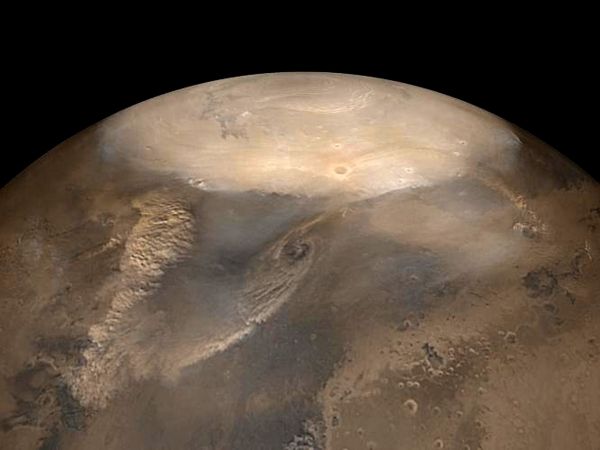Nearly every atmospheric science textbook ever written will say that hurricanes are an inherently wet phenomenon – they use warm, moist air for fuel. But according to new simulations, the storms can also form in very cold, dry climates.
A climate as cold and dry as the one in the study is unlikely to ever become the norm on Earth, especially as climate change is making the world warmer and wetter. But the findings could have implications for storms on other planets and for the intrinsic properties of hurricanes that most scientists and educators currently believe to be true.
“We have theories for how hurricanes work at temperatures that we’re used to experiencing on Earth, and theoretically, they should still apply if we move to a colder and drier climate,” said Dan Chavas, an assistant professor of earth, atmospheric and planetary sciences at Purdue University. “We wanted to know if hurricanes really need water. And we’ve shown that they don’t – but in a very different world.”
In the world we live in now, hurricanes need water. When they reach land, they die because they run of out the water they evaporate for energy – but that doesn’t have to be the case. The findings were published in the Journal of the Atmospheric Sciences.
Read more at Purdue University
Photo: Dust storms on Mars could behave similarly to dry cyclones. (NASA/JPL/Malin Space Science Systems photo)


